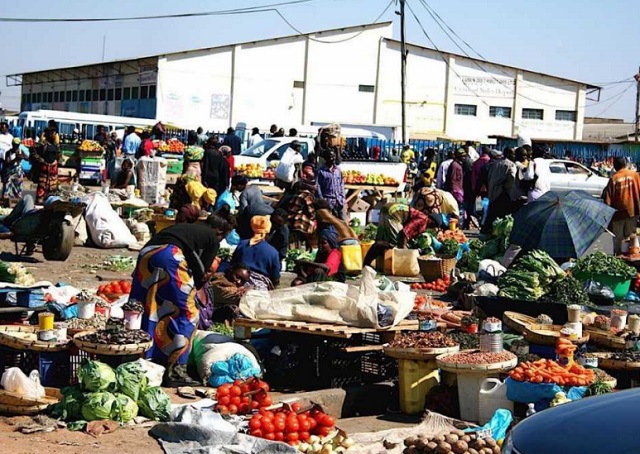
What makes the unsafe and what it takes to make them safer
| THE INDEPENDENT | Around the world, food systems and supply chains come in different shapes and sizes. And so too do food safety problems and their solutions.
In high-income countries, food supply chains are long and complex but also highly regulated and closely monitored. In low- and middle-income countries, major cities host similarly modern and regulated supply chains serving the growing middle and upper classes. But they also host traditional markets, often open air, made up of unregulated small businesses with basic infrastructure. These markets provide many people with an income and are also where most people, especially the poor, buy their food.
These informal businesses face food safety challenges because they lack refrigeration units, have food that is exposed to the elements and stalls are, in general, rudimentary structures. This doesn’t necessarily mean that they’re always unsafe, or that formal markets with modern infrastructure are safer.
However, informal businesses do lack regulation and their set up does mean that they face obvious food safety challenges that need to be attended to.
Poor food safety has a great cost to society. The World Health Organisation (WHO) estimates that each year there are at least 600 million episodes of foodborne illness and 420,000 people die. Most of this burden falls in regions such as Sub-Saharan Africa and parts of Asia. Foodborne illnesses also impact economies through expensive food recalls, medical costs and people unable to work because they are sick.
Solutions to the challenges that informal food markets face are not always straightforward. Models which enforce bans and increased regulation often don’t fit. They marginalise a large sector of society, and push informality to its extremes, potentially amplifying the food safety problem.
Fortunately, years of research on informal food markets have shown alternative approaches to reduce risks in informal markets. This involves three strategies; capacity building, incentives that bring change and an inclusive policy process.
What does it take?
Capacity building
The training of food operators has been the first, and often only, focus of food safety efforts in low and middle-income countries. Training usually increases knowledge among trainees. At times, when done well, it can lead to the adoption of better practices such as improved personal and environment hygiene, use of tools to monitor the safety of foods or use of the cold chain.
Unfortunately, by and large, these effects do not sustain themselves over the long term. One-off trainings, without reinforcement, generally fail to improve food safety. Unless there’s a clear return from using these practices, they’ll be dropped or forgotten.
Capacity building initiatives need to be designed better. Training has to follow the principles of adult learning theory and social behaviour change communication. The use of nudges, a well-studied element of behavioural economics, is showing promise in food safety programs. For instance, positioning hand washing basin and soap in more convenient locations for butchers or food operators to use, or even using television celebrities to disseminate good hygiene messages among consumers.
While the know-how and the nudges are important to promote change, food business operators must be enabled to act on this knowledge. Limited access to equipment, both in terms of availability and affordability, are key constraints. Low-interest micro-credits or other facilitated forms of access to finance should be promoted, especially for women who are the majority of operators in retailing and often face gender-based barriers to credit.
 The Independent Uganda: You get the Truth we Pay the Price
The Independent Uganda: You get the Truth we Pay the Price


